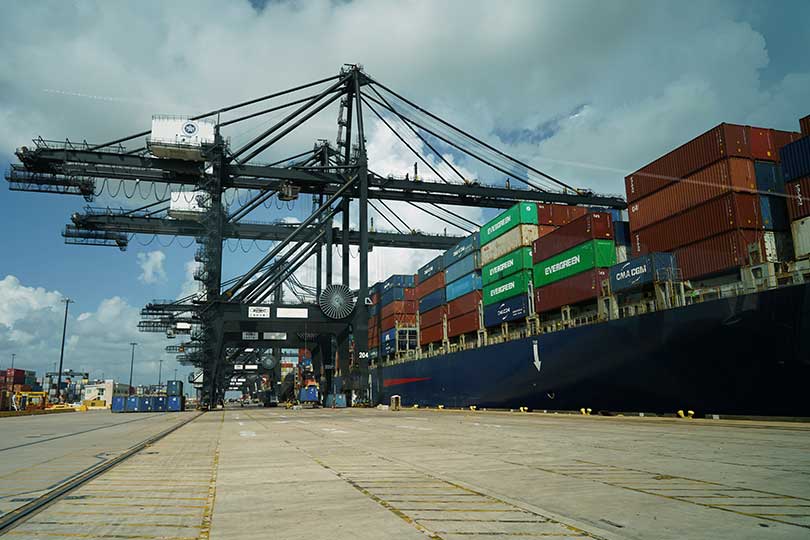By Jennifer Whitlock
Field Editor
As supply chain disruptions and labor shortages have become the new norm during the ongoing COVID-19 pandemic, retail prices have skyrocketed with no sign of slowing down anytime soon.
In agriculture, input costs, product shortages and rising inflation are compressing margins considerably, according to the latest Quarterly from CoBank.
“Supply chain snarls are likely to persist well into 2022, and so will elevated inflation. The latest producer price index data for August was up 20% year-over-year, while the consumer price index increased just 5.2%,” Dan Kowalski, vice president of CoBank’s Knowledge Exchange division, said. “So, it’s clear that many businesses are passing only a small portion of those cost increases on to the final consumer. We expect that will change in the months ahead, and many businesses will raise prices.”
The issues plaguing global supply chains could limit the availability of critical crop inputs, noted Kenneth Scott Zuckerberg, CoBank lead grain and farm supply economist.
With a steady need for crop inputs like seed and chemicals, farm suppliers are well positioned for a strong fourth consecutive season, Zuckerberg wrote.
But the raw inputs for many fertilizers, herbicides, pesticides and insecticides are manufactured overseas. If those are unavailable or in short supply, agricultural retailer and farm cooperative profits could decrease considerably.
Animal protein sectors like beef, pork and poultry have not escaped post-pandemic issues either.
“Domestic supply chains continue to deal with disruptions as food service and retail outlets contend for availability,” CoBank Lead Animal Protein Economist Brian Earnest said. “The pressure has been twofold, as elevated domestic consumption conflicted with both rising international opportunity and tight beginning stocks.”
On dairy farms, rising feed and construction costs and labor shortages will keep the dairy cow herd constrained, even though domestic and export demand continues to be strong, CoBank analysts said.
“Farmers, ranchers and businesses across agriculture were beginning to get back on their feet after the nosedive in profits at the start of COVID-19 pandemic,” Texas Farm Bureau (TFB) Associate Director of Commodity and Regulatory Activities Brant Wilbourn said. “But now we’re starting to see some of the ramifications of factory closures across our supply chains, and analysts are predicting these issues will continue throughout 2022. So, we’re not out of the woods yet.”
Consumers generally believe that when food and clothing prices go up, it’s because farmers and ranchers have raised their prices, Wilbourn said. But farmers and ranchers are more likely to see their profit margins shrink even more during these times.
“I’d caution people to remember when they see higher prices at the grocery store in coming months that farmers and ranchers are price-takers. They don’t direct the prices they receive for their crops and livestock. Those are directed by market factors like labor or material shortages at the packaging plant and what processors are willing to pay them,” he said. “So, just know that farmers and ranchers are suffering along with you right now. They’re facing higher input costs and lower prices for their products, and they’re stuck in the middle.”
Read the full CoBank Quarterly report.
*Story updated Friday, Oct. 22, at 10:30 a.m.

